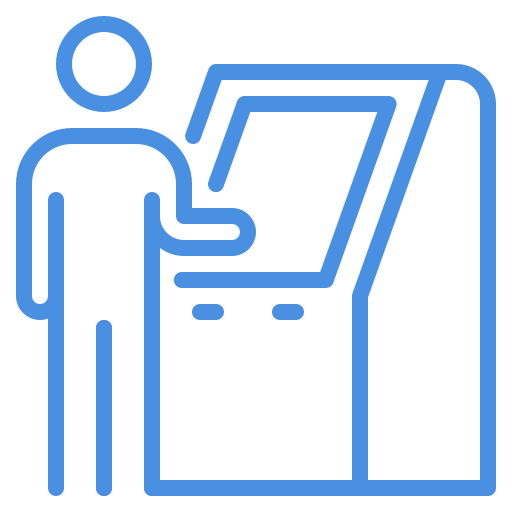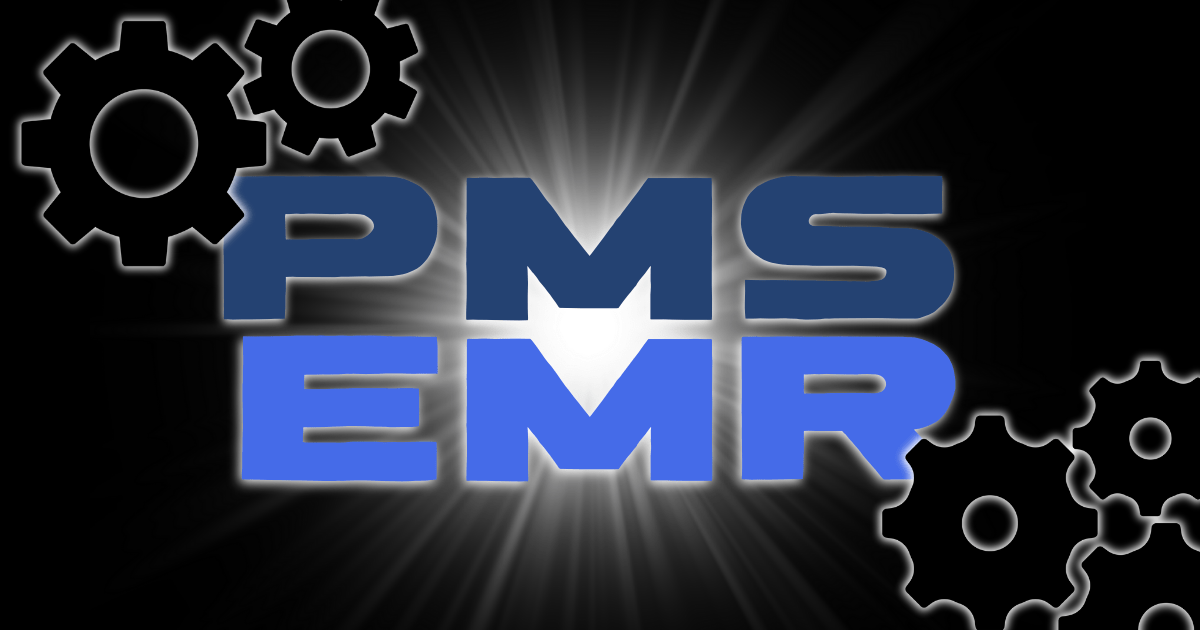Practice Management System vs. EMR: Key Differences and Why They Matter
As therapy practices, including many physical therapy practice clinics, continue to digitize operations, many clinic owners and healthcare professionals face a familiar challenge: understanding the difference between PMS and EMR, and more importantly, determining which system best fits their clinical and administrative needs.
Though often used interchangeably, a practice management system (PMS) and an electronic medical record (EMR) system serve distinct purposes. One primarily supports the business side of a practice, while the other focuses on clinical documentation and patient care. It’s also worth noting a related, though separate, point of confusion often arises regarding the difference between EMR and EHR for therapists, with EHRs typically offering broader interoperability – however, our focus here is squarely on PMS versus EMR.
In this article, we’ll define both systems, explore their core functions, compare their strengths and limitations, and help guide therapy professionals in making informed decisions about adoption or integration by clearly outlining the difference between PMS and EMR.
What Is a Practice Management System?
A practice management system (PMS) is designed to handle the day-to-day operations of a healthcare practice. Its primary purpose is administrative and financial management.
Key functions of a practice management system include:
-
- Appointment scheduling and calendar management
-
- Insurance verification and eligibility checking
-
- Patient registration and demographic tracking
-
- Financial reporting and revenue cycle management
In therapy settings, like a busy physical therapy practice, a PMS ensures that appointments are managed efficiently, billing is accurate, and clinic operations stay organized.
What Is an EMR?
An electronic medical record system is a digital version of a patient’s paper chart. It is focused on clinical documentation and patient care.
Key EMR functions include:
-
- Documenting evaluations, treatment plans, and daily notes
-
- Tracking patient progress and outcomes
-
- Managing clinical workflows and compliance management healthcare regulations
-
- Storing health histories, diagnoses, and test results
-
- Generating reports for audits or case reviews
In therapy practice, an EMR ensures that clinicians can accurately document treatment, monitor goals, and support continuity of care.

Practice Management System vs. EMR: Why the Confusion?
Healthcare professionals often confuse the two systems because many software platforms offer overlapping features or market themselves as all-in-one solutions. However, the difference between PMS and EMR comes down to one key distinction:
-
- A PMS handles the business of running a clinic.
-
- An EMR manages the clinical side of patient care.
Understanding this difference is critical when selecting the right technology for your practice.
Pain Points in Selecting the Right System
Choosing between a practice management system vs. EMR—or deciding to integrate both—can be overwhelming. Common challenges include:
- Overlapping Features and Terminology
- Integration Difficulties
- Workflow Disruption
- Cost and Complexity
Comparing Key Features: Practice Management System vs. EMR
|
Feature |
Practice Management System |
EMR System |
|
Primary Focus |
Administrative and financial ops |
Clinical documentation and patient care |
|
Scheduling |
Yes |
Sometimes (not always robust) |
|
Billing and Claims |
Yes |
Limited (usually requires integration) |
|
Clinical Documentation |
No |
Yes |
|
Compliance Management healthcare |
Limited/Indirect |
Yes (Core function) |
|
Patient Charting |
No |
Yes |
|
Insurance Verification |
Yes |
No |
|
Reporting and Analytics |
Operational and financial |
Clinical outcomes and quality metrics |
|
Core EMR functions supported |
No |
Yes |
|
Best For |
Front office staff, billing teams |
Clinicians and providers |
Benefits and Drawbacks of Each System
Practice Management System
-
- Benefits: Streamlines front desk tasks, Improves billing and collections, Enhances appointment tracking and reporting
-
- Drawbacks: Lacks clinical depth, Doesn’t handle core EMR functions, Requires integration with EMR for full functionality
EMR
-
- Benefits: Centralizes patient care documentation, Supports clinical workflows and compliance management healthcare standards, Enhances accuracy and accessibility of records
-
- Drawbacks: May lack administrative tools like billing or scheduling, Can be difficult to integrate with a standalone PMS
Do You Need One or Both?
For therapy practices evaluating the difference between PMS and EMR, the decision depends on the size of your clinic, your staffing structure (perhaps within a growing physical therapy practice), and the level of automation you require.
Here’s a simple guide:
Choose a Practice Management System if you:
Already use a separate EMR, Need better billing/scheduling, Want to streamline front-office.
Choose an EMR if you:
Need better documentation tools (core EMR functions), Face compliance management healthcare risks, Want improved clinical reporting.
Choose an Integrated System if you:
Want to eliminate the gap, Need an all-in-one solution, Want maximum efficiency.
What to Look for in an Integrated Solution
If your clinic is considering an all-in-one platform that combines both PMS and EMR features, look for:
-
- Therapy-specific templates for physical therapy practice, occupational, and speech therapy
-
- Automated billing workflows linked to clinical documentation
-
- Scheduling tools with reminders and progress tracking
-
- Compliance management healthcare checks built into documentation
-
- Customizable reports for both clinical and operational metrics
-
- Cloud-based accessibility and secure data storage
HelloNote EMR, for example, integrates clinical documentation (key EMR functions) with scheduling, billing, and compliance management—all in one system designed specifically for therapy providers.
Final Thoughts
Understanding the difference between PMS and EMR is crucial for therapy professionals, especially within demanding environments like a physical therapy practice, aiming to improve both patient care and clinic operations. While each system serves a unique role, the best outcomes are often achieved when both are aligned—either through seamless integration or a unified platform.

































